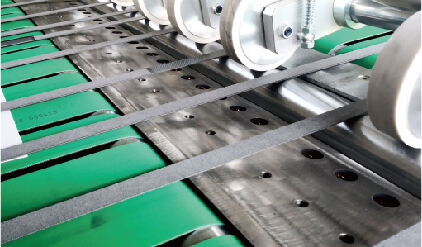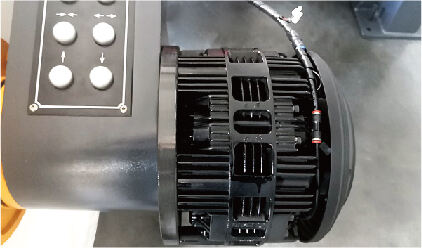industrial slitter
An industrial slitter is a sophisticated piece of manufacturing equipment designed to cut large rolls of material into narrower rolls with precise width specifications. This versatile machine handles various materials including paper, plastic films, metal sheets, and textiles. The slitter operates through a system of sharp circular blades mounted on rotating shafts, working in conjunction with specialized tension control mechanisms to ensure clean, accurate cuts. Modern industrial slitters incorporate advanced features such as automatic width adjustment, digital control interfaces, and real-time monitoring systems. These machines typically consist of an unwind station, slitting section, and rewind station, allowing for continuous operation and high-volume production. The slitting process is controlled by precision motors and electronic sensors that maintain consistent tension and alignment throughout the cutting operation. Industrial slitters can achieve cutting speeds of up to several thousand feet per minute while maintaining exceptional accuracy down to fractions of a millimeter. They are essential in industries ranging from packaging and electronics to automotive and construction, where material processing requires exact specifications and consistent quality.


